| GISdevelopment.net ---> AARS ---> ACRS 1998 ---> Poster Session 2 |
A New Method to make
Stereoscopic Animation and Their Application
Nobuhiko Mori
Osaka Institute of Technology
1-79-1, Kitayama, Hirakata-Shi, Osaka, 573-0196, Japan
Tel: (81)-720-66-5390 , Fax: (81)-720-66-8380
E-mail: nmori@ij.oit.ac.jp
AbstractOsaka Institute of Technology
1-79-1, Kitayama, Hirakata-Shi, Osaka, 573-0196, Japan
Tel: (81)-720-66-5390 , Fax: (81)-720-66-8380
E-mail: nmori@ij.oit.ac.jp
A new method for making a stereoscopic animation has been developed, which has an ability to make a stereoscopic animation from stereoscopic images directly and easily. On the other hand, it has been shown from experiments that it is necessary to use many different base-height ratio (B/H ratio) stereoscopic images to extract the greatest amount of linear features (lineaments), which are important to find new mineral veins. A new type of stereoscopic animation called stereoscopic animation of rising mountains, has been proposed here for application to lineament extraction. In the animation, the mountains as virtual images rise slowly the B/H ratio of the component stereoscopic image gradually; and can be used effectively in lineament extraction work.
Introduction
3-dimensional (3-D) animation of landscape are often made to show the shape of the earth's surface realistically. Ortho-images and appropriate interval digital elevation models (DEMs) of the subject area are necessary to make such 3-D animations, but it is not easy to make these data.
For 3-D animation, bird's eye view animations are very often used because they require no special display device. But stereoscopic animation are more effective for special work which requires detailed topographic information of the earth's surface, such as designing of area development or route selection of roads. In this case, a 3-D display device is necessary to see the stereoscopic animations. For some design purposes, fast motion of stereoscopic animation is not necessary. Slow motion or step motion of stereoscopic animation is sometimes more suitable.
A new method to make Stereoscopic animation
Stereoscopic animations of landscape, which are not used now, are usually made using a method as shown in figure 1. In the figure, an ortho-image is made using an image and a DEM, and overlaid by maps if required. Then, an output stereoscopic animation is made using the overlaid ortho-image and DEM. Because the scale and projection method of input images and DEMs are usually different, it is difficult to make stereoscopic animation by using this method. But now, a new method for making ortho-images has been found which extracts both an ortho-image and a DEM from the same stereoscopic image at the same time
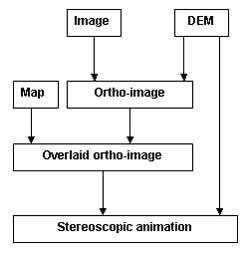 Figure 1 The usual method to make stereoscopic animations |
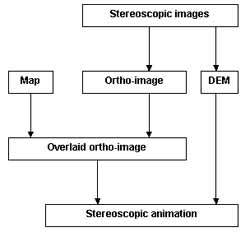 Figure 2 A new method to make stereoscopic animations |
Using this method, the new method for making stereoscopic animation has been developed, which is shown in figure 2. With this method, stereoscopic animation can be made from stereoscopic images directly, and the work is simplified very much.
This new method of making a stereoscopic animation from stereoscopic images can be realized on a digital photogrammetric system. In this research, a pc- based digital photogrammetric system with 3-D display has been used. One example of making output stereoscopic images which are one component of an output stereoscopic animation, form input stereoscopic images will be shown next.
Two SPOT panchromatic images of different dates at Mt. Minobu near Mt. Fuji in Japan were used as the input stereoscopic images. Figure 3 is the left image at Mt Minobu (Date: 1988.3.17, off-nadir angle: 15.4 deg. east). Figure 4 is the right image at the same place (Date: 1988.3.17, off-nadir angle: 4.1 deg.east). Figure 5 is the ortho-image made from these two input images. By using two input images, this method has the ability to reduce influence of off-nadir looking such as the shades of the opposite sides of the mountains in the output ortho-image. Figure 6 shows contour lines overlaid on the ortho-image. Figure 7 shows the output stereoscopic images which are the components of the output animation. The white rings in the images, which are overlaid as an example of map information, show the areas of nearly the same height.
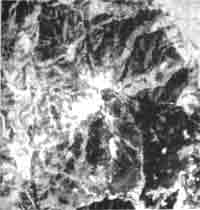 Figure.3 The left image at Mt. Minobu |
 Figure.4 The right image at Mt. Minobu |
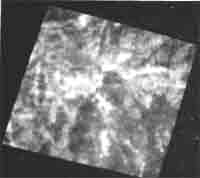 Figure 5 The ortho-image made from the stereoscopic images | |
An experiment of lineament extraction form stereoscopic images
Two experiments were carried out to examine the relationship between the B/H ratio of stereoscopic images and the total amount of lineaments which can be extracted from the stereoscopic images. One was made at Izu peninsula, the other at Hisikari district in Japan. The lineaments were extracted by a specialist who is working for Sumitomt metal mining co., Ltd. Figure 8 shows the lineaments extracted from 4 pairs of different B/H ratio stereoscopic images of Izu peninsula (1). Figure 9 shows the lineaments extracted from 4 pairs of stereoscopic images of Hisikari district. From these figures, some principles can be extracted as follows.
(1) The greatest amount of lineaments were extracted from 0.5 B/H ratio stereoscopic images at Izu peninsula where the slopes of earth's surface were steep, but at Hisikari district where the slope were gentle, 1.0 B/H ratio stereoscopic images were the best. It can be said from this that the most suitable B/H ratio of stereoscopic images for finding many lineaments is different according to the steepness of the earth's surface. (2) The lineaments which were extracted from 4 different B/H ratio stereoscopic images were slightly different. So, it can be said that different lineaments can be extracted from different B/H ratio stereoscopic images.
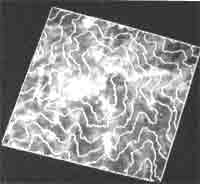 Figure.6 Contour lines overlaid on the ortho-image |
 Figure.7 Component sterepscopic images of the output stereoscopic animatior. |
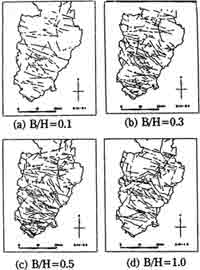 Figure.8 Results of lineament extraction from 4 different B/H ratio stereoscopic images of Izu peninsula |
 Figure.9 Results of lineament extraction from 4 different B/H ratio stereoscopic images of Hisikari district |
An application of stereoscopic animations for lineament extraction.
It can be said from the results shown in the previous section that it is necessary to use many different B/H ratio stereoscopic images to extract the greatest amount of lineaments. But in practice, it is very difficult to use many stereoscopic images. In order to resolve this problem, a new kind of stereoscopic animation has been proposed here. In the stereoscopic animation called stereoscopic animation of rising mountains, the mountains as virtual images rise or sink slowly by changing the B/H ratio of the component stereoscopic images gradually.
Figure 10 to 12 shows one example of this kind of animation. Whit dot lines on these images show the position of already confirmed faults. These positions are very useful for finding new lineaments. Figure 10 shows stereoscopic images of low mountains made using a small B/H ratio. In figure 11, the mountains rise a little. In figure 12, the mountain rise much more. Inserting many more stereoscopic images of different B/H ratio, this animation can be completed. Slow motion or step motion of the stereoscopic animation is necessary to find new lineaments carefully.
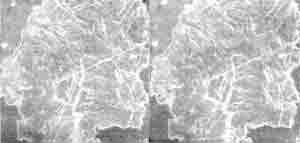 Figure.10 Stereoscopic images of low mountains |
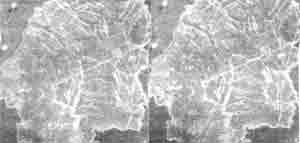 Figure.11 The mountains rise a little |
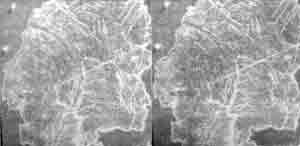 Figure.12 The moutains rise much more | |
Conclusion
A new method for making stereoscopic animation has been developed by using a newly found ortho-images production method which has the ability to extract both an ortho-image and a DEM from the same stereoscopic images at the same time. Because of this ability, the developed method can make stereoscopic animations from experiments images directly and easily. In the field of lineaments extraction, two experiments have been carried out, and the result shows that it is necessary to use many different B/H ratio stereoscopic images to extract the greatest amount of lineaments. However it is very difficult to use many stereoscopic images. In order to resolve this problem, a new type of stereoscopic animation has been proposed. The animation is made by changing B/H ratio of components stereoscopic images gradually, and mountains in the animation look like they are rising are sinking. These stereoscopic animation can be used effectively in many fields where detailed topographic information is important.
References
- N.Mori, H.Takaoka, K.Tonoike, J.Komai, S.Murai, 1988; Investigation of the Effectiveness and Application of Japanese ERS-1 Stereoscopic Images; ISPRS, Kyoto, Japan, Vol.27, Com.1, pp.109-119
- N.Mori, 1997; An Ortho-image Production Method from Stereoscopic Images; ACRS, Kuala Lumpur, Malaysia, pp.I.6.1-I.6.6
- N.Mori, 1998; A New Method to Make Ortho-Images and Stereoscopic Animation; ISPRS, Hakodate, Japan, Vol.32, Part 5, pp894-899